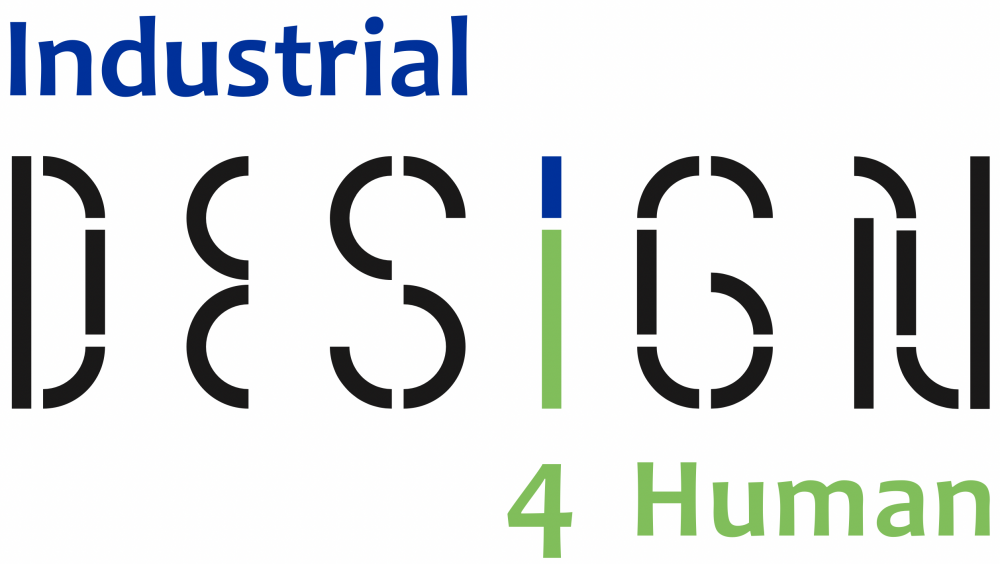Bachelor’s Thesis
Design and Development of a Family of Feuille de Rônier Palm Leaf Products with the Kalaamisoo Group of Women with Functional Diversity, Senegal

Name:
Ángela Pérez Calleja
Year: 2018
Degree:
Degree in Industrial Design and Product Development Engineering
Tutor(s):
Raúl Díaz Obregón
OBJECTIVES
Theoretical objectives
1. To analyse the different definitions of the concept of development, examining what it really implies from an absolute and human point of view.
2. To study the concept of social design and consider the new functions of design in today’s world and propose the idea of the possible application of product design as a tool for sustainable human development.
3. Carry out an analysis of the methodologies of product design as this discipline is known in the current Western context, and of the methodologies of traditional craft work and production. Make a comparison of both, identifying the differences and points of convergence.
4. Define a possible system of combined work between both methodologies, generating a craft design process based on the points in common between the two, and seeking an appropriate balance and interrelation between traditional and Western techniques.
5. To analyse and value the role of craftsmen and craftswomen, highlighting the importance of their active participation in the design and production process.
Practical objectives.
SHORT-TERM:
1. To carry out the design of one or several products based on the techniques of traditional basketry with palm leaves and the application of Western design processes to them.
2. To carry out a two-way training process: learning traditional basketry techniques (the artisans are the trainers); training in design processes and in the different techniques necessary for the production of new products (the artisans receive the training).
3. To promote the development of the individual creative factor of the craftswomen in the development of their work.
MEDIUM TERM:
4. generate real economic benefit through the production and sale of new products.
LONG-TERM:
5. To contribute to the creation of sustainable and dignified sustainable employment for the women involved, in a situation of vulnerability and social and economic discrimination, through the development of operative artisan groups that carry out profitable production based on design combined with traditional crafts and fair trade.
ABSTRACT
The paper is divided into two parts. Firstly, the theoretical development of the ideas proposed. Secondly, the practical and real exemplification of the theoretical proposal, by way of justification of what is being defended. In this way, the two complement each other: the theoretical development serves as a guiding thread for the practice, while the practice supports the ideas developed through the achievement of the proposed objectives and results.
According to the results-oriented management, a working methodology will be used in which the achievements are questioned in an objective and contextualised way, considering their effectiveness, not only from an external point of view, but also from the internal point of view of the women with whom the project is carried out, since they are the main subjects of the process.
It will also be taken into account the need for everything achieved to be sustainable and lasting over time, so that the changes or improvements are not ephemeral, but represent real modifications of the negative situation that is to be reversed.
As we can see in Diagram 2, the initial problem is underdevelopment, approached from a gender perspective. Women, as the protagonist of the situation and of the development process, are the main focus of the work.
Development is the central objective of the project: human, social and economic development of the craftswomen. Development in this case will be identified with the concept of freedom, in accordance with Amartya Sen’s theories, in which he considers that the achievement of fundamental individual freedoms will be an engine of growth and sustainable human development.
The tool to be used to generate a development process is design. And the way to use this tool will be through a collaborative application of it on traditional crafts. A comparative analysis of modern Western design methodologies and crafts will be carried out in order to identify the points of convergence and divergence between the two. From this comparison we will be able to establish the characteristics of a new concept, referred to as designed crafts or craft design, which will be based on a process of product development based on craftsmanship but incorporating elements of Western design. Women artisans will be involved in this process.
The results of the project can be classified into tangible results: one or several concrete products, which will be manufactured in a real way in the basketry workshop; and intangible results: human development in the form of social and economic empowerment of women, the fight against their situation of discrimination and the improvement of their quality of life.



